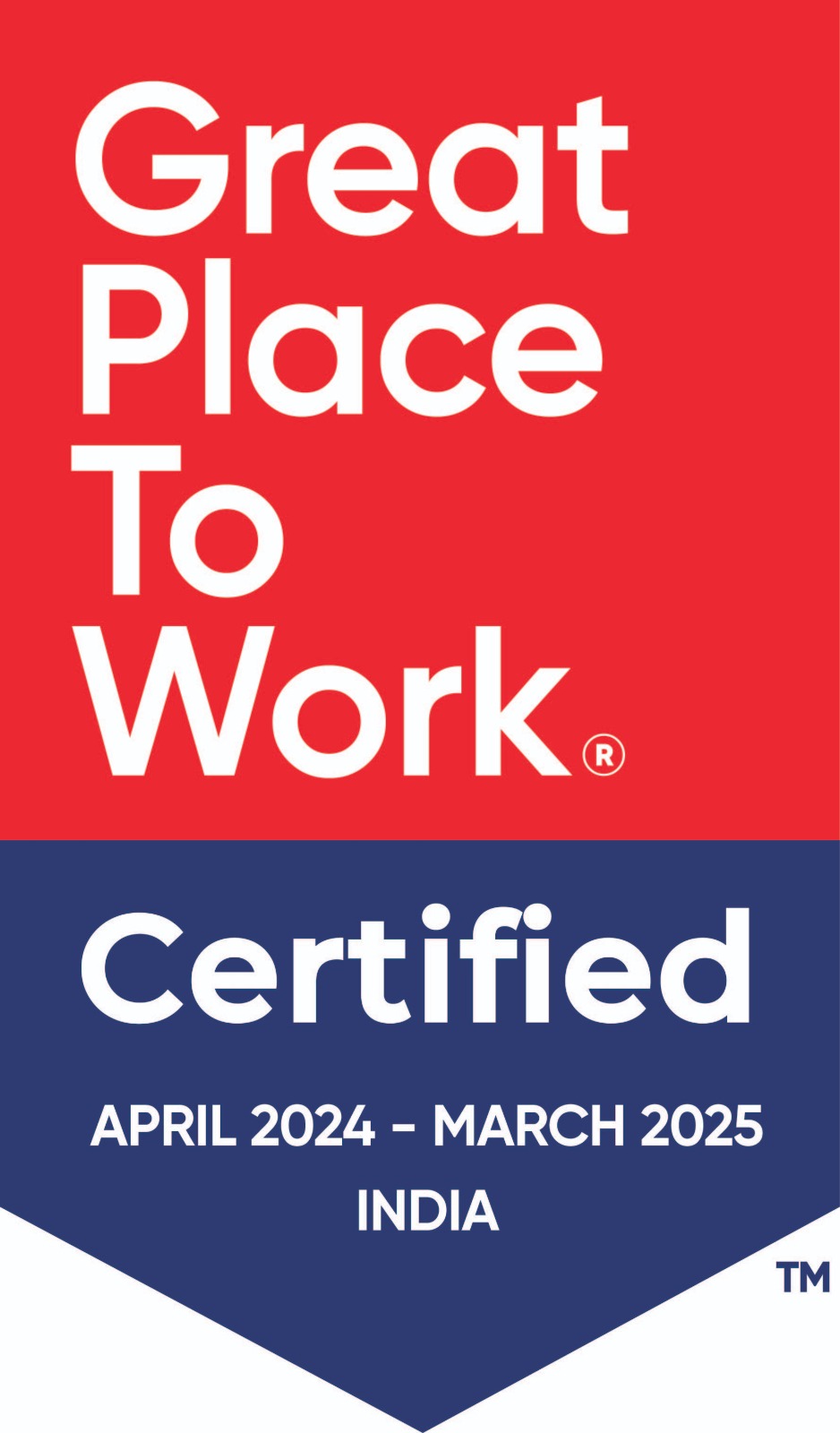- Email: [email protected]
- International Concierge : +91 995 166 0000
- General Enquiry : +91 40 6700 0000
Stroke Management

A stroke is a medical emergency that occurs when blood flow to part of the brain is interrupted. This can happen due to a clot blocking an artery (ischemic stroke) or a weakened blood vessel bursting (hemorrhagic stroke). Every minute counts during a stroke, and timely intervention is crucial for minimizing damage and maximizing recovery. This blog post serves as a comprehensive guide to stroke management, encompassing prevention, recognition, response, and recovery.
Understanding Your Risk:
Before diving into stroke management, let's explore risk factors. Some risk factors, like age and family history, are non-modifiable. However, many factors are controllable through lifestyle changes:
High blood pressure: Maintaining healthy blood pressure levels is critical for stroke prevention.
High cholesterol: High LDL cholesterol and low HDL cholesterol can increase stroke risk.
Diabetes: Diabetes can damage blood vessels and increase stroke risk. Managing blood sugar levels is crucial.
Smoking: Smoking damages blood vessels and increases stroke risk. Quitting smoking is one of the best preventive measures.
Obesity: Maintaining a healthy weight reduces stress on the heart and blood vessels.
Physical inactivity: Regular exercise improves cardiovascular health and reduces stroke risk.
Unhealthy diet: A diet high in saturated fats, sodium, and processed foods can contribute to stroke risk. Focus on fruits, vegetables, whole grains, and lean protein.
Atrial fibrillation: This irregular heartbeat can increase the risk of blood clots forming in the heart and traveling to the brain.
Recognizing the Warning Signs:
Time is of the essence when it comes to stroke treatment. Knowing the warning signs of stroke can help you or your loved ones get immediate medical attention:
Face Drooping: One side of the face may droop or become numb. Ask the person to smile, and check if one side of their face droops.
Arm Weakness: Is one arm weak or numb? Ask the person to raise both arms. Does one arm drift downward?
Speech Difficulty: Is speech slurred or hard to understand? Ask the person to repeat a simple sentence. Is the sentence repeated correctly?
Time to Call Emergency Services: If you observe any of these signs, even if they seem to improve, it's essential to call emergency services immediately. Time is critical in stroke treatment.
Other signs of a stroke may include sudden confusion, trouble walking, dizziness, or severe headache with no known cause. Remembering and acting on these signs promptly can save lives and prevent long-term disability.
Emergency Response:
Stroke is a medical emergency, and time is of the essence. If you suspect someone is having a stroke, call emergency services immediately. Do not wait to see if the symptoms improve on their own. Early intervention can significantly improve the outcome and reduce the risk of long-term disability.
Diagnostic Procedures:
Upon arrival at the hospital, various diagnostic tests will be performed to confirm the diagnosis of stroke and determine its type and severity. These may include imaging tests such as CT scans or MRIs, blood tests, and assessments of neurological function.
Treatment Options:
The treatment of stroke depends on its type and severity. For ischemic strokes, the primary goal is to restore blood flow to the affected part of the brain. This may involve administering clot-busting medications such as tissue plasminogen activator (tPA) or performing a mechanical thrombectomy to remove the clot. In the case of hemorrhagic strokes, efforts are focused on controlling bleeding and reducing pressure on the brain.
Rehabilitation and Recovery:
Stroke rehabilitation plays a crucial role in helping patients regain lost functions and maximize their independence. Rehabilitation may include physical therapy to improve mobility and strength, occupational therapy to regain skills for daily activities, speech therapy to address communication difficulties, and psychological support to cope with emotional challenges.
Prevention Strategies:
Manage High Blood Pressure (Hypertension): High blood pressure is the single most important modifiable risk factor for stroke. Regular monitoring, lifestyle modifications (such as a healthy diet, regular exercise, limiting alcohol intake, and stress management), and medication as prescribed by a healthcare professional can help control blood pressure.
Control Cholesterol Levels: High levels of cholesterol can lead to the buildup of plaques in the arteries, increasing the risk of stroke. Eating a heart-healthy diet low in saturated and trans fats, maintaining a healthy weight, regular exercise, and medication prescribed by a doctor if needed can help control cholesterol levels.
Manage Diabetes: People with diabetes are at a higher risk of stroke. Proper management of blood sugar levels through diet, exercise, medication, and regular monitoring is crucial in reducing this risk.
Quit Smoking: Smoking damages blood vessels and increases the risk of stroke. Quitting smoking can significantly reduce this risk. Various resources and support systems are available to help individuals quit smoking.
Maintain a Healthy Diet: Eating a balanced diet rich in fruits, vegetables, whole grains, lean proteins, and healthy fats can help lower the risk of stroke. Avoiding excessive salt, sugar, and saturated and trans fats is important.
Exercise Regularly: Regular physical activity helps maintain a healthy weight, lowers blood pressure, improves cholesterol levels, and enhances overall cardiovascular health. Aim for at least 150 minutes of moderate-intensity aerobic exercise or 75 minutes of vigorous-intensity aerobic exercise per week, along with muscle-strengthening activities on two or more days per week.
Limit Alcohol Consumption: Excessive alcohol consumption can raise blood pressure and increase the risk of stroke. Limiting alcohol intake to moderate levels (up to one drink per day for women and up to two drinks per day for men) is recommended.
Manage Stress: Chronic stress can contribute to high blood pressure and other risk factors for stroke. Finding healthy ways to manage stress, such as relaxation techniques, mindfulness practices, hobbies, and social support, can be beneficial.
Get Regular Check-Ups: Regular medical check-ups allow healthcare professionals to monitor and manage risk factors for stroke, such as blood pressure, cholesterol levels, and blood sugar levels, effectively.
Stroke management requires a multidisciplinary approach involving emergency medical services, acute care providers, rehabilitation specialists, and ongoing support for patients and their families. By understanding the causes, symptoms, and treatment options for stroke, we can work together to improve outcomes and reduce the burden of this devastating condition. Remember, acting fast can make all the difference in saving lives and preserving quality of life after a stroke.
.webp)
